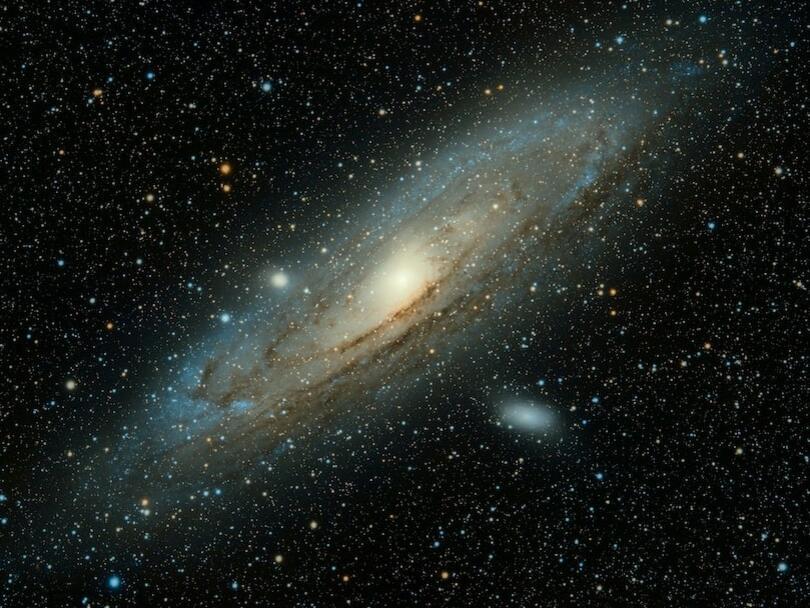Most algorithms need four images taken during a single night of a moving object to confirm whether it is space rock.
But new software developed by researchers at the University of Washington cuts the number to two images per night. This boosts the ability of observatories to identify these lithic projectiles fast.
The program is called HelioLinc3D, it has already found a near-Earth asteroid that older programs missed.
